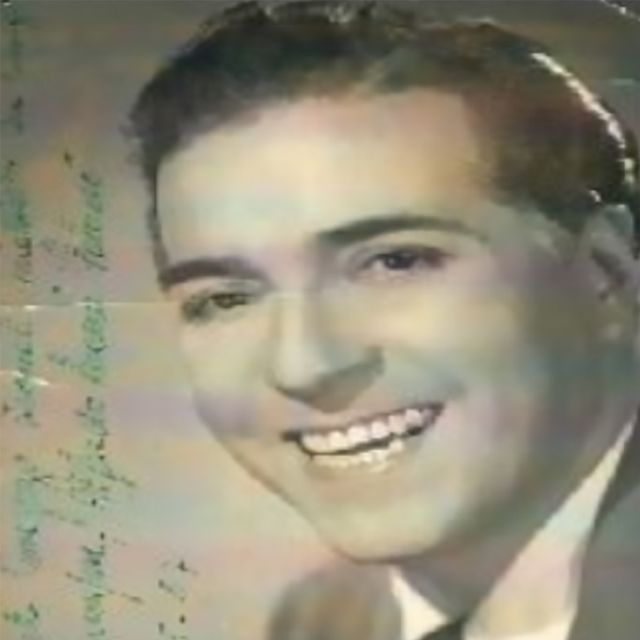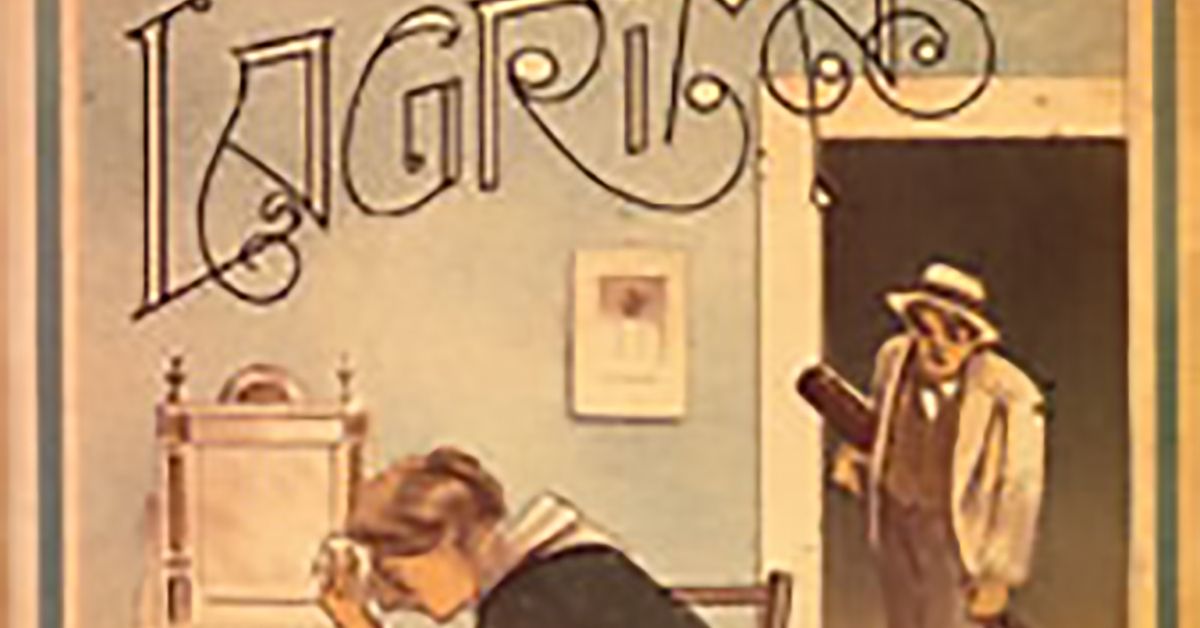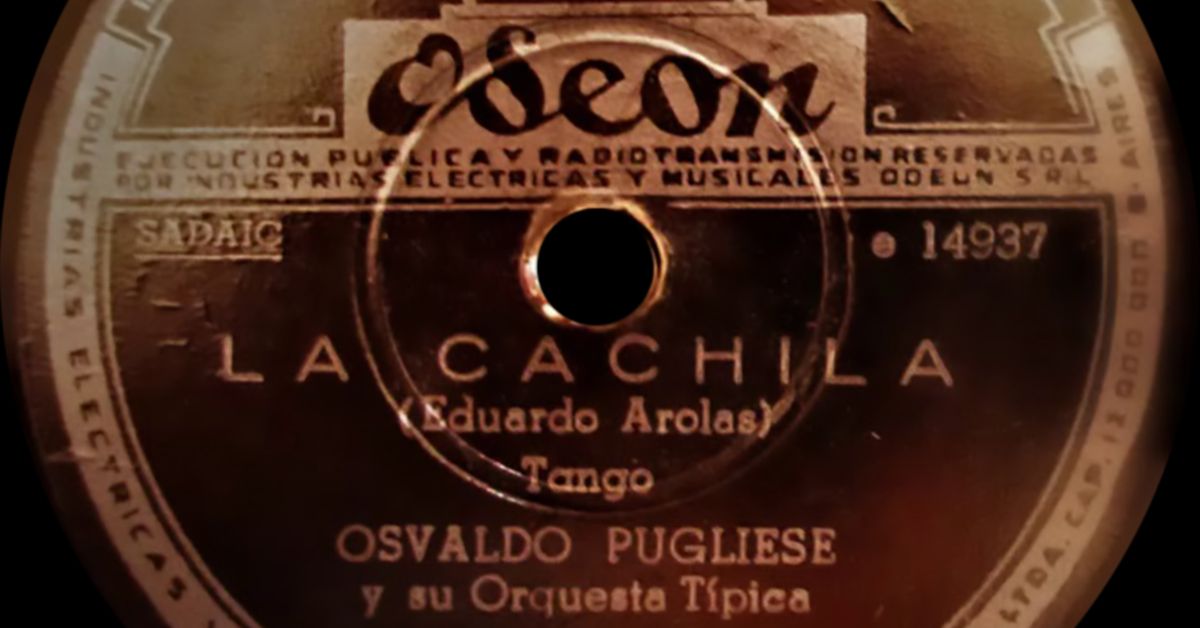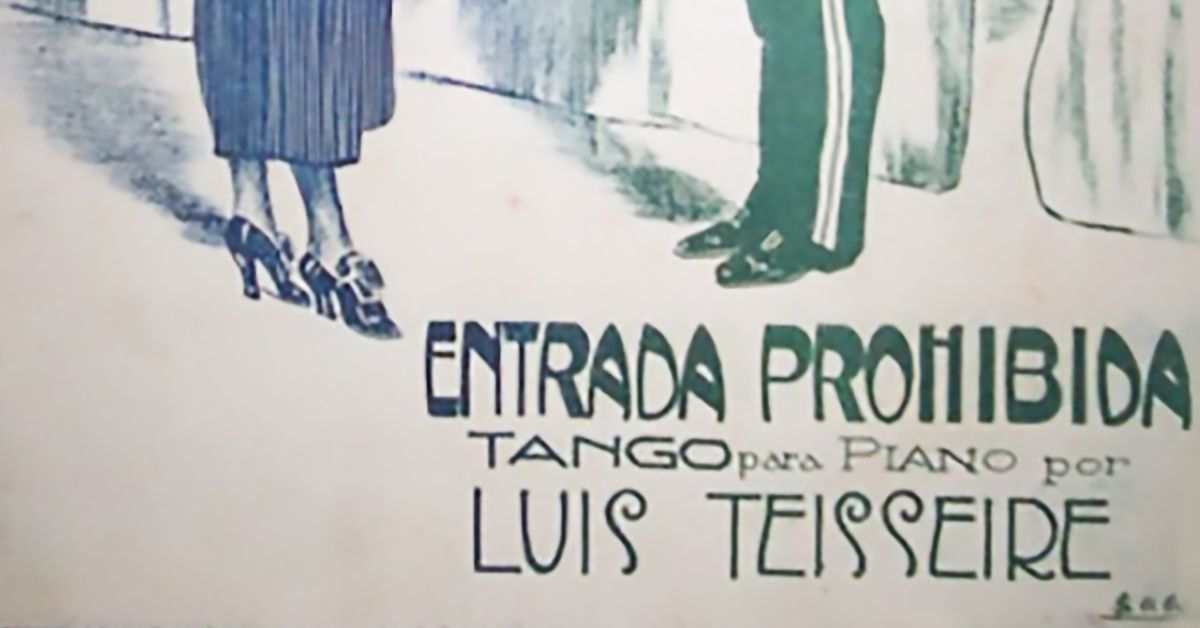“Flores del alma” by Alfredo De Angelis y su Orquesta Típica with Carlos Dante and Julio Martel in vocals, 1947.
“Flores del alma” by Alfredo De Angelis y su Orquesta Típica with Carlos Dante and Julio Martel in vocals, 1947.

Alfredo Lucero Palacios
Singer, lyricist and guitarist (26 October 1910 – 2 June 1974)
His career lasted relatively short, and he could only record over 20 numbers.
Of them, only two were tango pieces and three waltzes that used to be included in the tango songbooks.
He was a singer with a pleasant range voice with delicate color.
A typical light tenor of the thirties, quite soft and with good intonation.
Together with Lito Bayardo, he wrote the lyrics of “Flores del alma”.
Read more about Alfredo Lucero Palacios at www.todotango.com
Listen and buy:
-
Amazon music
-
iTunes music
-
Spotify
We are happy to have a collaboration with the people from tangotunes.com from whom some of you may have heard, they do high-quality transfers from original tango shellacs.
It is the number 1 source for professional Tango DJs all over the world.
- Now they started a new project that addresses the dancers and the website is https://en.mytango.online
You will find two compilations at the beginning, one tango and one vals compilation in amazing quality.
The price is 50€ each (for 32 songs each compilation) and now the good news!
If you enter the promo code 8343 when you register at this site you will get a 20% discount!
Thanks for supporting this project, you will find other useful information on the site, a great initiative.
More Argentine Tango music selected for you:
We have lots more music and history








